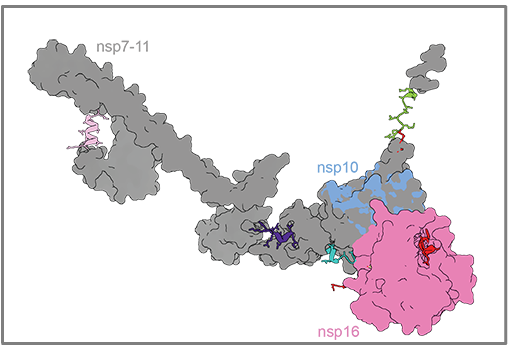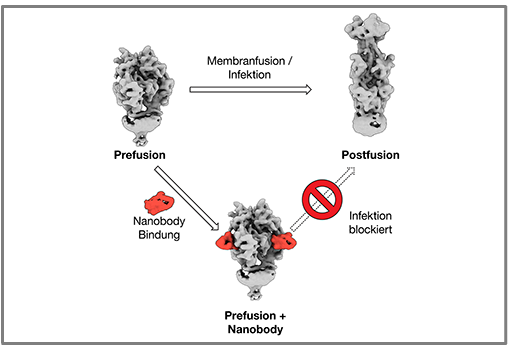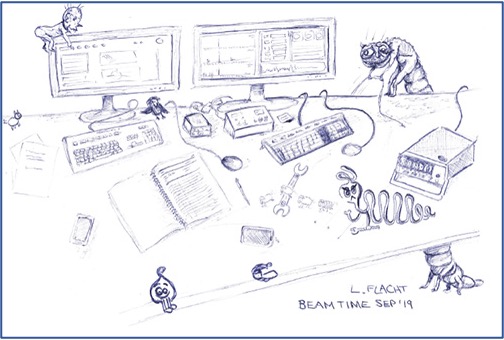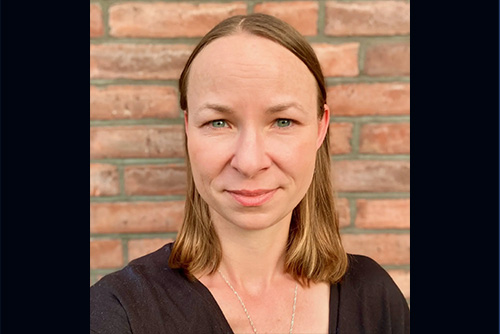CSSB welcomes Holger Sondermann
CSSB’s newest group leader, Holger Sondermann, has a joint appointment with DESY and the University of Kiel. He leads a team of scientists that will observe the communication between bacteria and might even discover new approaches to combat pathogens along the way.
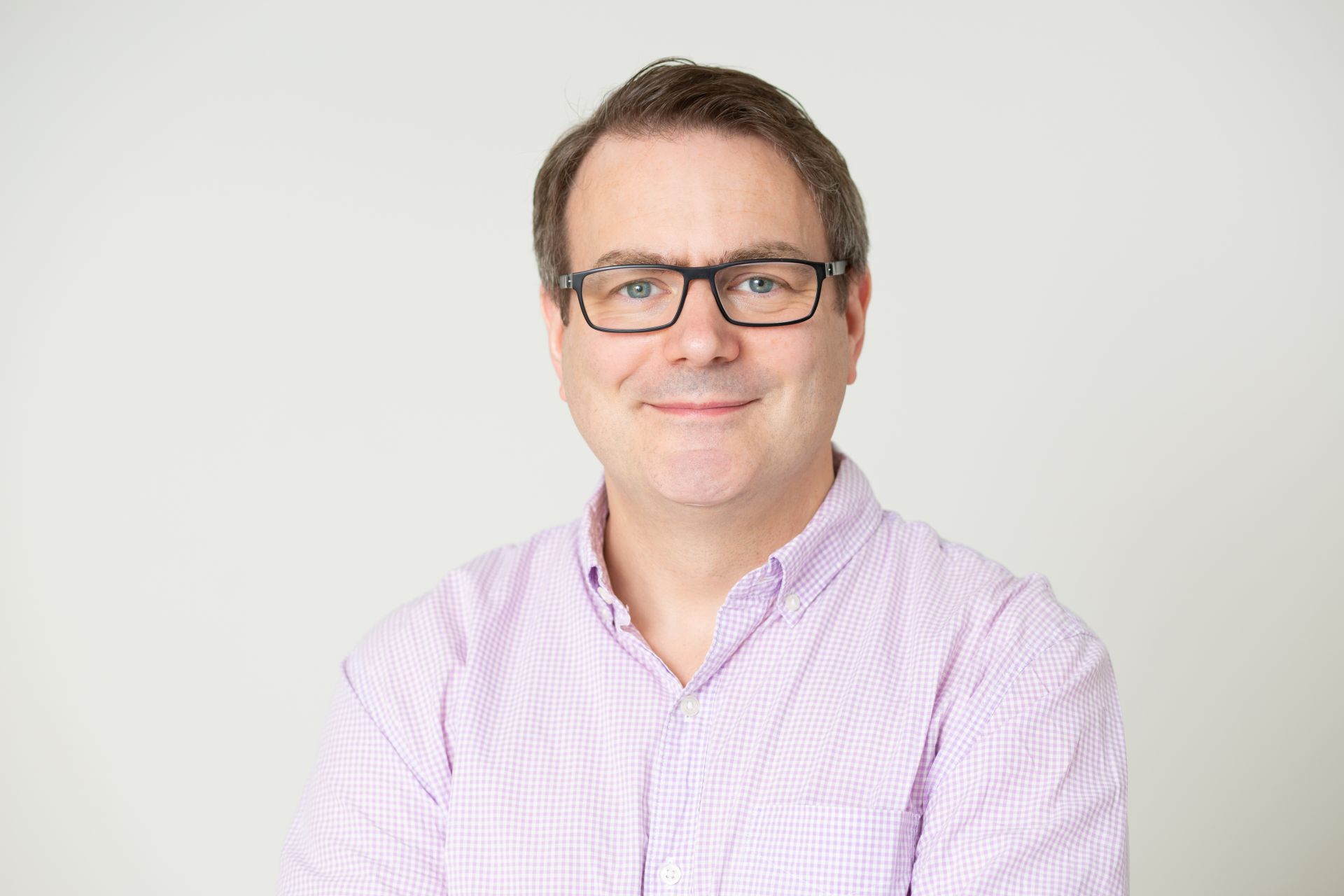
Bacteria feel at home where it’s warm and humid. They form colonies that establish themselves as a persistent mucus in the bacteria's feel-good zone. This mucus is called biofilm, and biologist and biochemist Holger Sondermann investigates how biofilms develop and how they could be eliminated. "The biofilm is a kind of social network in which different cells take on different tasks," the Sondermann explains. "It has been shown that biofilms are the preferred form of existence for many bacteria. However, the fact that the bacteria flock together is anything but a coincidence: these supposedly simple unicellular organisms can control colony formation themselves, depending on their environmental conditions. To do this, they flip a switch that triggers the production of a specific messenger substance. This ensures that many bacteria - even different species - join together to form a biofilm. If, however, external conditions such as the availability of food change the process can be reversed and bacteria all go their separate ways again.
Sondermann wants to develop a better understanding of how bacteria form biofilms with the help of X-ray crystallography and complementary techniques. He would like to know how the signal is transmitted and what happens afterwards. Although his research is directed towards developing a fundamental understanding of the process of biofilm formation, there is a wide range of possible applications. For example, biofilms often appear in connection with chronic diseases – in catheters bacterial colonies can cause infection, in cystic fibrosis sufferers or in burn injuries. "If we understand the communication process between the bacteria precisely, we may be able to manipulate it," he says. "We could dissolve a biofilm or perhaps even prevent it from forming in the first place. It might also be possible to develop materials on which no biofilm can form.” On the other hand, the formation of useful biofilms could be enhanced, for example in the intestine or in the soil.
Born in Cologne, Sondermann came to CSSB through a joint appointment with DESY and the University of Kiel. He is enthusiastic about his new environment: the research infrastructure at CSSB and at DESY, the proximity to the accelerator, the European Molecular Biology Laboratory EMBL and the various experimental platforms offer him many opportunities to further develop his field of expertise. He also likes the proximity to physics and other disciplines on campus. "Physics offers new strategies that we have not yet applied to our scientific questions," he says. He is, for example, considering incorporating artificial intelligence into his research. "For the complex genome and image analyses, the human eye or a clever Excel spreadsheet are simply not good enough.”
After completing his doctorate at the Max Planck Institute for Biochemistry in Martinsried, Sondermann first went to Rockefeller University in New York and subsequently conducted research in Berkeley, California. He recently spent several years at Cornell University in New York State before moving with his family to Hamburg this year.
Source Article:
DESY news
